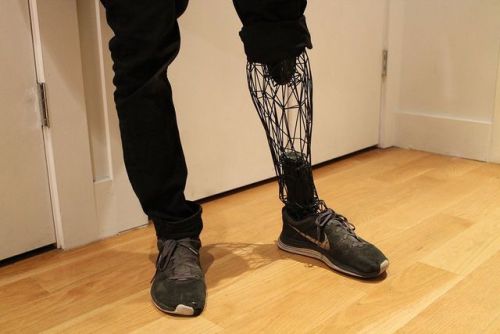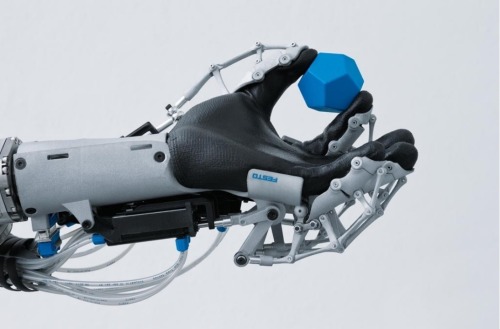To the eternal whine of the superannuated free-range SF geek ("dude, where's my jet pack? Where's my holiday on the moon? Where are my food pills? I thought this was supposed to be the 21st century!") can be added an appendix: "and what about those L5 orbital space colonies the size of Manhattan?"
Well, dude, I've got your L5 colony right here. In fact, they turned it into a vacation resort. I just spent a day checking it out, and I'm back with a report.
As William Gibson remarked, the street finds its own uses for things: he might have chosen to generalize the observation by noting that if a thing is big enough and fantastic enough, people and the bizarre hominid hive intelligences called corporations will come together in groups to make a use for it, even if the use they find is nothing like the function it was designed for.
Big-ass L5 space colonies as envisaged by Professor Gerard K. O'Neill in his book The High Frontier turn out to be both economically and biologically questionable. To be fair, it's not entirely his fault: he took NASA's early-1970s estimates of Space Shuttle flight rates as gospel—one flight per week, costs around $1M/ton delivered into orbit—back when they were selling it as a "space truck". At which point, hauling 50,000 tons of hardware and 10,000 workers into orbit to build a gigantic factory town churning out gigawatt range solar power stations using materials mined from the lunar regolith and positioned where they could transmit microwave power beams down to Earth 24x7 sounded like it should cost about as much as the 350-odd tons and 6 astronaut crew of the ISS. And as a solution to the 1974 oil shock, it seemed like a good idea. If we ever do get space trucks like that, it might be time to dust off those concept drawings and go for it. But in the meantime ...
The 1990s were a time of wild commercial optimism, driven by the end of the cold war, rapidly burgeoning public access to the internet, and deregulation of financial and banking controls. All of these came with an eventual crash and an ugly hangover in the following decade, but at the time funds managers poured money into whatever high-tech startup sounded good with a cocaine high. Roton, the fully reusable surface-to-orbit helicopter, got funding. VCs lined up to pour money down the rat-hole that was Netscape Communications in the hope that they could sell a web browser (while Microsoft were giving theirs away for free). And in Germany, a bunch of very serious engineers did their best to take us back to the Gernsback Continuum by setting up CargoLifter AG, with the goal of developing the CL160, a gigantic cargo airship with a payload capacity of 160 tons and a 550,000 cubic metre lift volume. (For comparison: the Hindenberg, the largest airship ever built to date, had a payload of 90 passengers and crew, their luggage, and another 10 tons of cargo. Lift volume: 200,000 cubic metres.)
All these ventures came adrift, but not before they built extraordinary things. CargoLifter AG in particular bought the defunct Soviet air force base at Brand-Briesen Airfield, 50km south-east of Berlin: and before they ran out of cash they build a gigantic airship hangar. I use the word advisedly. The hangar at Brand-Briesen, known as the Aerium, is one of the world's largest buildings: The only larger buildings are the Boeing Everett works, the Airbus A380 super-jumbo assembly hall, and a Target distribution warehouse in Washington state. (It's 360 metres long and over 100 metres high: so large you could fit a Nimitz class super-carrier inside it.) It was a suitably ambitious plant for what was essentially a plan to build an aircraft with a cargo capacity even greater than the Antonov An-225 Mriya, with vertical take-off and landing thrown in as a bonus. And so, when CargoLifter AG went bankrupt in 2004, having completed the hangar, it should be no surprise that someone, somewhere, sat up and said to themselves, "hey, we could use that!"
So here's what happens. One morning you get up early in your hotel or apartment in Berlin. You collect your swimming gear, flip-flops, beach towel, and sundries. Then you wrap up warm, because of course it's November in Prussia and while it's not snowing yet the wind has a sharp edge to it. You head for Zoologischer Garten station (or maybe the Ostbahnhof if you're on that side of the city) and catch a train, which over the next hour hums through the pancake-flat forests and villages of East Germany until it stops at a lonely (but recently modernized) platform in a forest in the middle of nowhere.
You're wondering if you've made some sort of horrible mistake, but no: a shuttle bus covered in brightly colored decals depicting a tropical beach resort is waiting for you. It drives along cracked concrete taxi-ways lined with pine trees, past the boarded-up fronts of dispersal bay hangers and hard stands for MiG-29 interceptors awaiting a NATO attack that never came. The bus is raucous with small children, chattering and screeching and bouncing off the walls and ceiling in a sugar-high—harried parents and minders for the large group of schoolgirls in the back of the bus are trying to keep control, unsuccessfully. Then the bus rumbles and lurches to a standstill, and the doors open, and you see this:
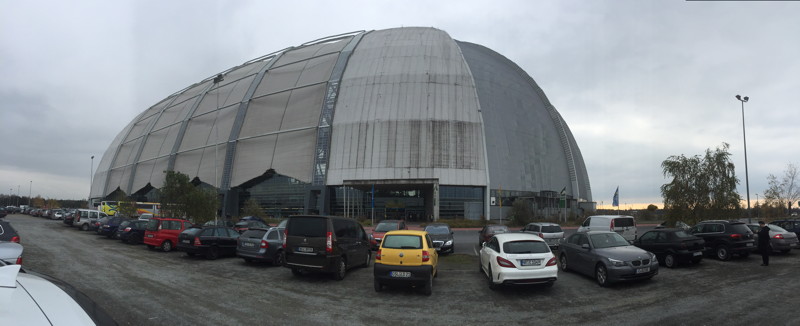
It's hard to do justice to the scale of the thing. It's one of those objects that is too big to take in at close range, and deceptively small when viewed from a distance. It's like an L5 space colony colony that crash-landed in on the West Prussian plains: a gigantic eruption from the future, or a liminal intrusion from the Gernsbackian what-might-have-been.
And inside it—I'm going to go with stock photographs because, alas, I was too busy enjoying the saunas to go back to the lockers and fetch my camera until after sunset (at 4pm, around this time of year)—it's, well ...

Welcome to Tropical Islands, Germany.
You can get the history from the wikipedia link above: in a nutshell, the Zeppelin hangar was bought from the liquidators by a Malaysian resort operator, who proceeded to turn it into an indoor theme park. They stripped off a chunk of the outer cladding of the hangar and replaced it with a high-tech greenhouse film: it's climate-controlled, at 26 celsius and 64% humidity all year round. (That's pretty chilly by Malaysian standards, but nice and comfortable for the German and Polish customer base.) There's an artificial rainforest, with over 50,000 plants and a 5km long walking trail inside. There are about a dozen different saunas, hot tubs, and a swimming pool complex: there's a 200 metre long artificial beach with sun-loungers for you to work on your tan wrapped around an artificial tropical lagoon—a 140 metre swimming pool with waves. There are bars, shops, restaurants, hotels, even a camp ground for tents: and of course the usual beachside resort song and dance show every evening.
If you want to see it from above, a pair of helium balloons with wicker gondolas wait to waft you the length of the hangar for a guided tour: like the CL160 these aerostats are never destined to leave their hangar, but they're probably more profitable.
Tropical Islands is the mother of all water parks, with a separate play area for the kinder while the teens and adults discreetly down their pina coladas or Erdinger weissbiers in the thatch-roofed bars overlooking the beach. It's safe, and clean, and organized and curated and manicured to within an inch of its life. It's got that Malaysian high concept futurist vibe going, combined with German thoroughness and attention to detail, for an experience that's pretty much what you'd expect if Disneyworld opened a park in Singapore, only with fewer dire declarations of death to drug smugglers. It is in short thoroughly enjoyable if you're in Berlin and for some reason decide you want a relaxing tropical beach-side day out in an environment that's barely less artificial than an L5 space colony.
And then the real world—the panopticon future we never asked for but somehow ended up with all the same—intrudes.

Entry is ticketed: you pay the basic entry price at a turnstile and in return you're issued with a band with an RFID chip in it, like a blank-faced plastic wrist-watch. You tap it against the turnstile, and go in. The changing rooms are first: your transponder has a number on it, and this is the number of your locker. To enter the sauna area (€10 extra for the day, or thereabouts) you go through another turnstile with a contactless reader. To pay for food at the restaurants, or a temporary tattoo at the tattoo parlour, you tap on a reader. Or drinks. Or a newspaper. They've abolished cash: you can leave your wallet safely in the locker—until it's time to leave, and then you settle up the balance on your transponder at an unmanned ATM, deposit it in an exit turnstile, and leave.
Of course there's a down-side. You can imagine a hapless tourist, buying entrance with their credit card, not realizing that their issuer's mainframe will decide their card has been stolen: they enter, and like Charlie on the MTA they can never leave. Trapped forever, unable to pay the robot it's exit fee, they live feral lives trapped in the interstices of a tropical future ...
But that's just a harmless fantasy compared to the real down-side. Every turnstile you go through, every drink you buy, every experience you request, can be logged and tagged with your unique ID. Yes, you can pay cash for everything: but the resort operators still know that someone entered the sauna area then, 42 minutes later, proceeded to Bar number four and bought a pint of Erdinger Alkoholfrei. And there are cameras. They've actually made wearing a tracking tag a rewarding experience. Of course it's entirely voluntary, keeping count of entrants and exits can be justified as a safety measure, and it saves you from having to carry cash around in your swimsuit ... but, but, tagging!
After you stop spluttering with indignation, you realize that it's an inevitable part of this package. Hell, Disney do it too, don't they? And now your imagination cuts loose. Let's imagine ourselves in that bright future of space trucks and (relatively) cheap orbital access, of hard-hat construction crews building out our solar future at the L4 and L5 libration points. They'll live in space colonies, derived from Bernal spheres or O'Neill cylinders, for it's too expensive to commute from Earth's surface to orbit even with fully reusable spacecraft as cheap to operate as airliners, as long as we rely on chemical fuels. These habitats will be comfortable, long-duration homes ...

... And they're going to be as artificial as, and even more vulnerable than Tropical Islands. If someone goes nuts and tries to blow a hole in the wall of the fourth largest building in the world, well, there are evacuation routes into the car park. The failure modes for space colonies are much deadlier, so the panopticon paradise with tracking devices and cameras everywhere seems to be pretty much an inevitable corollary of such an environment. So, too, are climate control and the curation of space. The Aerium is cunningly filled with distractions and diversions, until the 5km rainforest walk seems unexceptional, even though it's folded into a space less than 300 metres long: it's as twisted and knotty as your intestines. Long-duration orbital colonists will need a sense of space: many of the same techniques—lots of interrupted sight lines, branching routes and creative environmental features—will almost inevitably be deployed. Everyone's going to be under surveillance the whole time, behaviour monitored for signs of stress. Any children are going to be shepherded, lovingly but firmly, away from harmful things like airlock doors and plumbing, protected by doors that refuse to open for the unauthorized and robots that offer alternative, more attractive diversions for the fractious and bored or merely curious.
So: I had a good time visiting the L5 simulator at Brand for my regular scheduled glimpse of our future in the off-world colonies. But I happen like novelty swimming pools, artificial beach resorts in giant geodesic structures, and spas with clothing-optional saunas. I can even kind of cope with omnipresent surveillance and being tracked everywhere: that's the real spirit of the age. I wasn't expected to strap myself into a spacesuit and go outside into the chilly darkness with its weird smell of gunpowder, diesel fumes and barbecue, working in an environment as deadly as the deep ocean. The surveillance was of the most anodyne kind, monitoring my spending and how much time I spent in each feature: not looking for tangible signs of stress with gentle but draconian enforcement waiting in the wings. And at the end of the day I could put my clothes on, pay up, and catch the train home. From L5, the best you can hope for if you can't handle it any more is that they'll lock you in a capsule with an oxygen bottle and some ration packs and fire you, screaming, at the Earth.
Anyway, this is the future, folks. It's built from the bones of the past, it's unevenly distributed, and it's already here. And while it's an interesting place to visit, I'm not sure I'd want to stay.
(The title is, of course, a tribute to Jack Womack's extraordinary historical post-apocalyptic novel of the same name.)
 [Image: "Untitled #13," from "Scripted Movement Drawing Series 1" (2014) by Andrew Kudless].
[Image: "Untitled #13," from "Scripted Movement Drawing Series 1" (2014) by Andrew Kudless]. [Image: The robot at work, from "Scripted Movement Drawing Series 1" (2014) by Andrew Kudless].
[Image: The robot at work, from "Scripted Movement Drawing Series 1" (2014) by Andrew Kudless]. [Image: "Untitled #16," from "Scripted Movement Drawing Series 1" (2014) by Andrew Kudless].
[Image: "Untitled #16," from "Scripted Movement Drawing Series 1" (2014) by Andrew Kudless]. [Image: "Untitled #6 (1066 Circles each Drawn at Different Pressures at 50mm/s)," from "Scripted Movement Drawing Series 1" (2014) by Andrew Kudless].
[Image: "Untitled #6 (1066 Circles each Drawn at Different Pressures at 50mm/s)," from "Scripted Movement Drawing Series 1" (2014) by Andrew Kudless].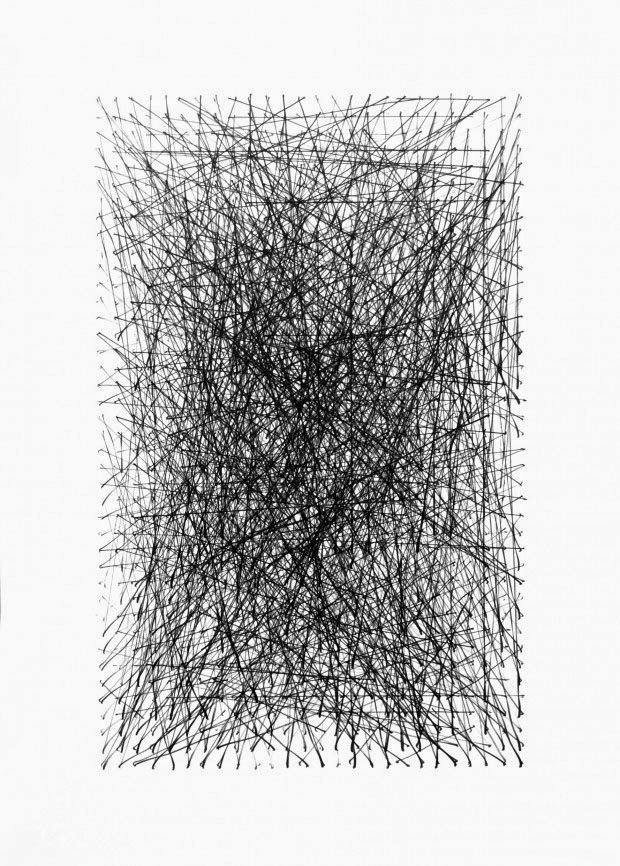 [Image: "Untitled #7 (1066 Lines Drawn between Random Points in a Grid)," from "Scripted Movement Drawing Series 1" (2014) by Andrew Kudless].
[Image: "Untitled #7 (1066 Lines Drawn between Random Points in a Grid)," from "Scripted Movement Drawing Series 1" (2014) by Andrew Kudless]. [Image: "Untitled #15 (Twenty Seven Nodes with Arcs Emerging from Each)," from "Scripted Movement Drawing Series 1" (2014) by Andrew Kudless].
[Image: "Untitled #15 (Twenty Seven Nodes with Arcs Emerging from Each)," from "Scripted Movement Drawing Series 1" (2014) by Andrew Kudless]. [Image: "Untitled #3 (Extended Lines Drawn from 300 Points on an Ovoid to 3 Closest Neigh[bor]ing Points at 100mm/s)" (2014) from "Scripted Movement Drawing Series 1" (2014) by Andrew Kudless].
[Image: "Untitled #3 (Extended Lines Drawn from 300 Points on an Ovoid to 3 Closest Neigh[bor]ing Points at 100mm/s)" (2014) from "Scripted Movement Drawing Series 1" (2014) by Andrew Kudless]. [Image: "Untitled #12," from "Scripted Movement Drawing Series 1" (2014) by Andrew Kudless].
[Image: "Untitled #12," from "Scripted Movement Drawing Series 1" (2014) by Andrew Kudless]. [Image: "Untitled #14," from "Scripted Movement Drawing Series 1" (2014) by Andrew Kudless].
[Image: "Untitled #14," from "Scripted Movement Drawing Series 1" (2014) by Andrew Kudless]. [Image: The International Space Station at night, photographed by astronaut
[Image: The International Space Station at night, photographed by astronaut  [Image: Photo by
[Image: Photo by  [Image: Photo by
[Image: Photo by  [Image: Photo by
[Image: Photo by 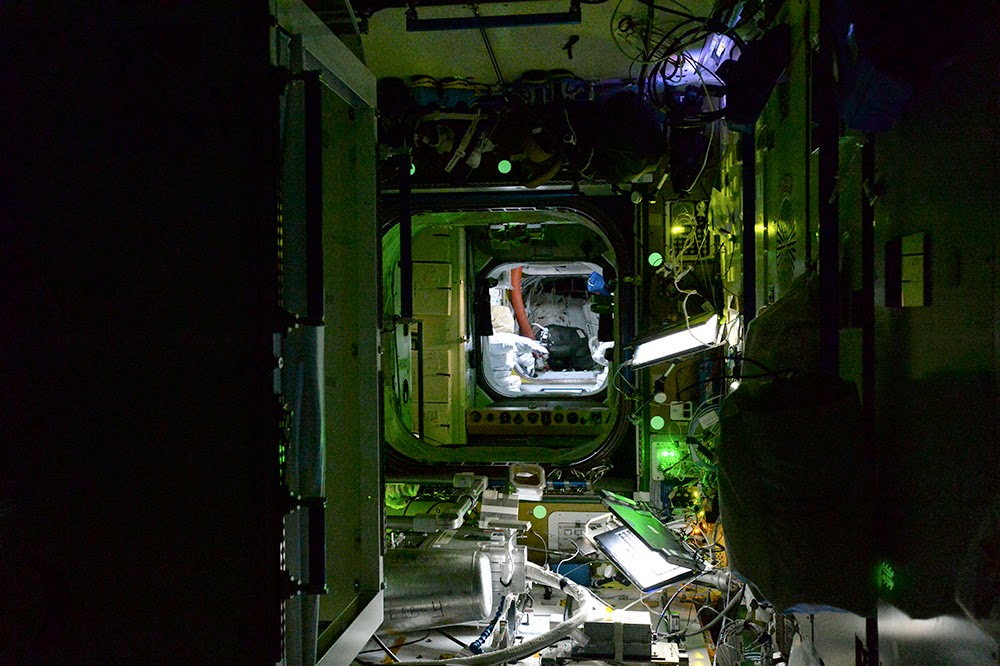 [Image: Photo by
[Image: Photo by 
 [Images: Photos by astronaut
[Images: Photos by astronaut 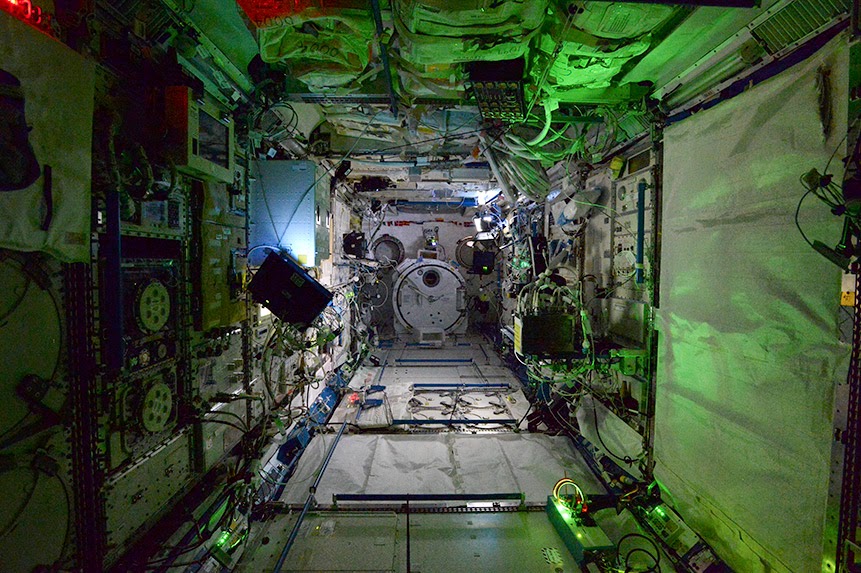 [Image: Photo by
[Image: Photo by 
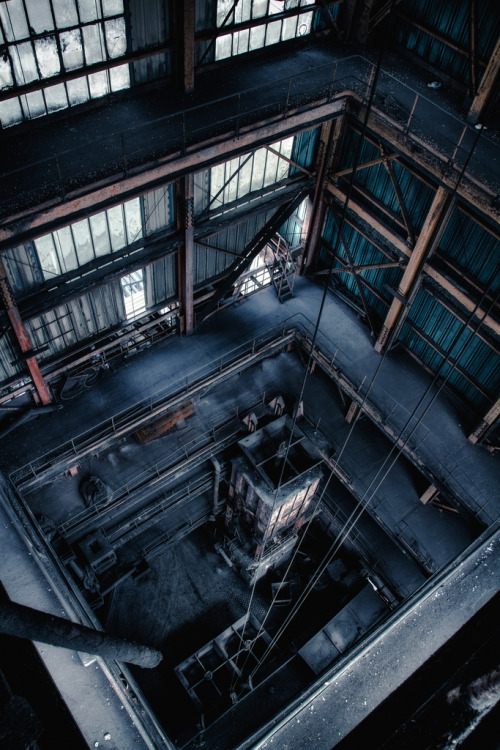

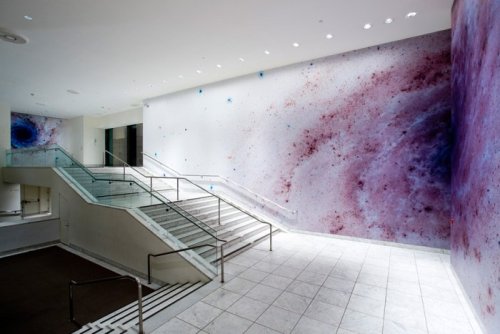
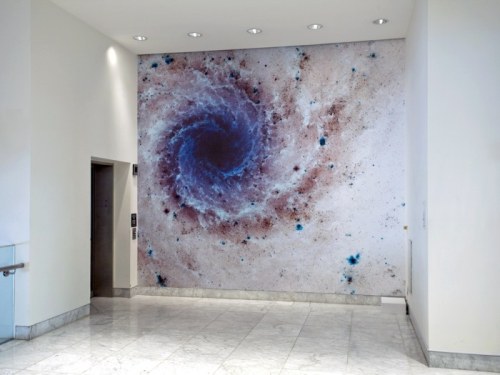

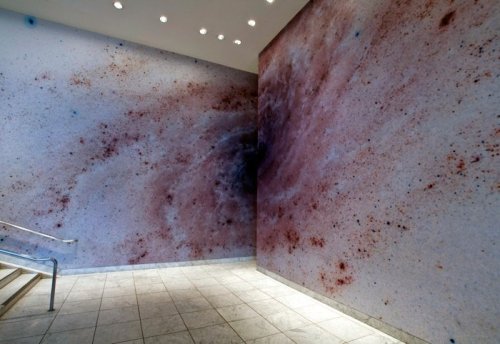
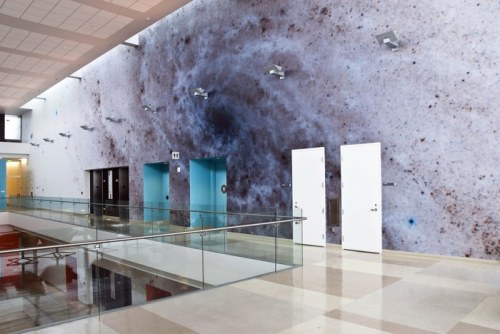
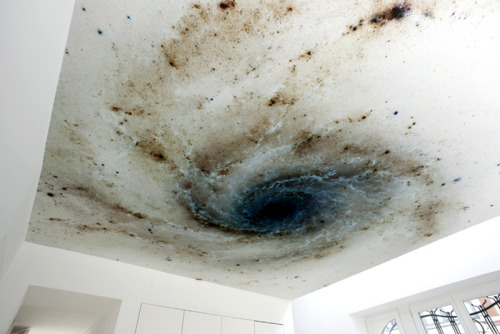

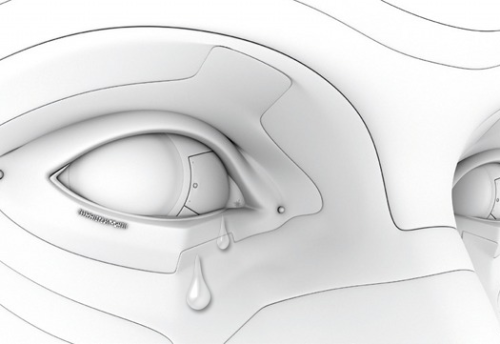




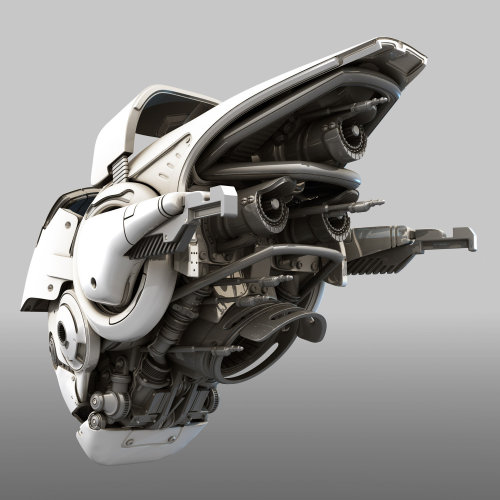



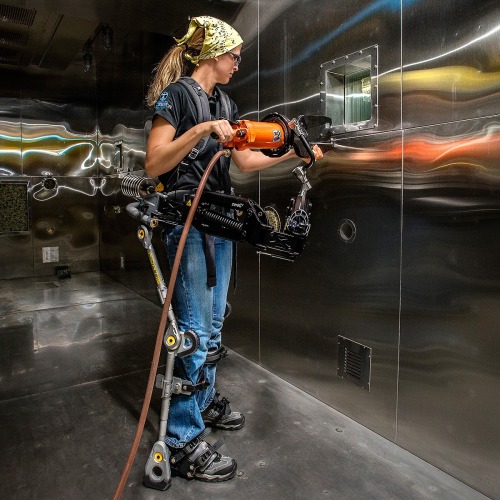
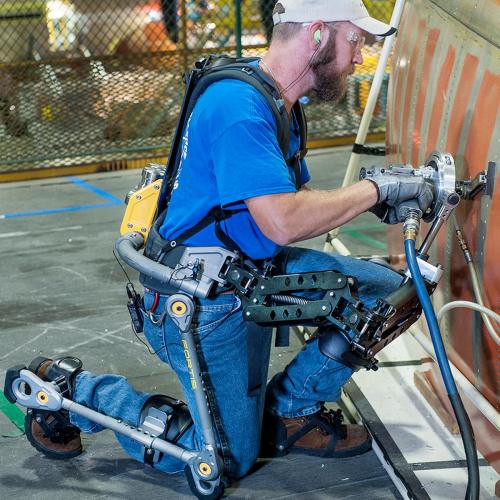
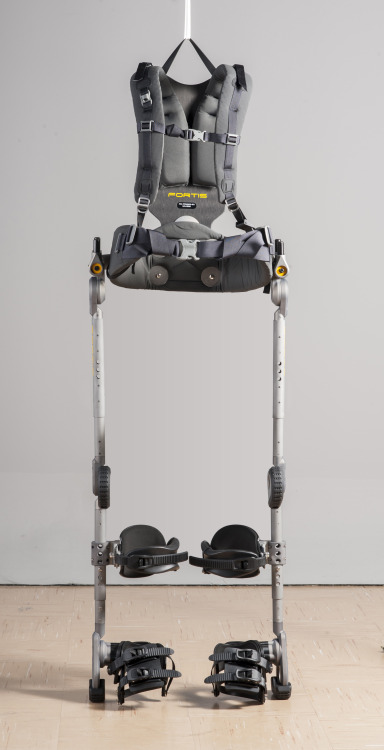
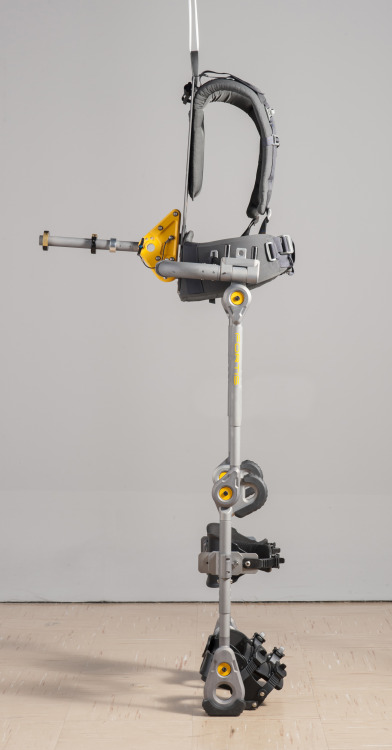


 What responsibility do we have for the things we make?
What responsibility do we have for the things we make?